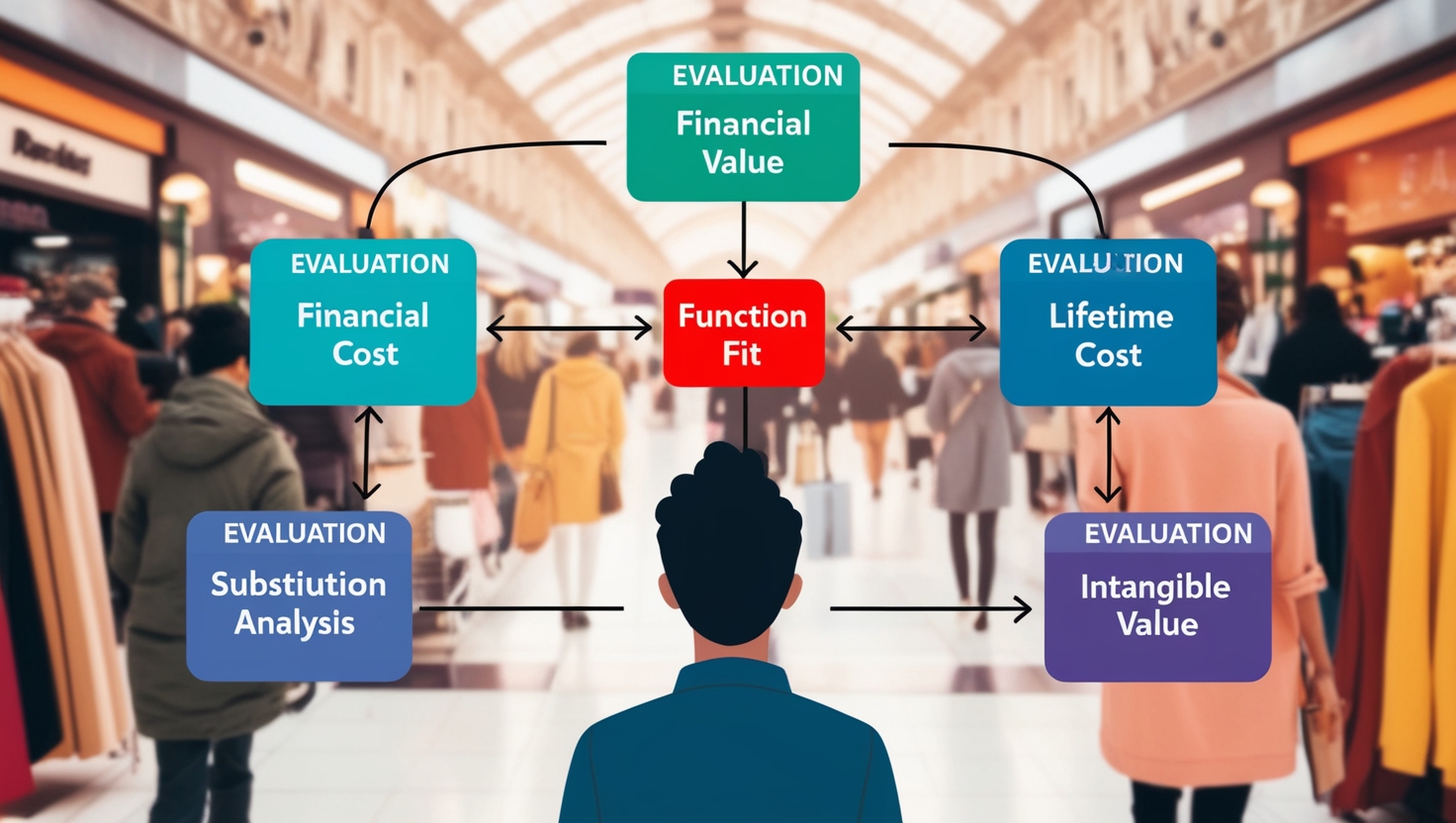5 Practical Tips That Smart Shoppers Swear By
Let’s face it—just because something says “50% OFF” doesn’t mean it’s a true bargain. In a world full of price tricks and urgency tactics, how can you tell if a deal is genuinely worth it?
Here are 5 proven, easy-to-use tips that help real shoppers (like you!) cut through the noise and spot the real steals—not the fake ones.
1. Don’t Trust the “Original Price” — Check the Price History
Why it matters:
Retailers often inflate “original prices” to make a discount look better than it is.
What to do instead:
- Use price tracking tools like Keepa or CamelCamelCamel to check historical pricing on Amazon.
- A true deal is usually close to or below the 90-day low.
💡 Pro Tip:
A $59 product might not be a good deal if it was selling for $49 last month.
2. Always Check the Unit Price
Why it matters:
Not all packages are created equal. Sometimes the cheaper option costs more per ounce or piece.
What to do instead:
Look for unit price info like:
- $/oz (ounces)
- $/100ct (per 100 items)
- $/lb (pound)
🧴 Especially useful for: groceries, skincare, and household supplies.
3. Compare Across Multiple Platforms
Why it matters:
Amazon might not always be the cheapest—even if it feels convenient.
What to do instead:
- Google the product + “deal” or “coupon”
- Try tools like Capital One Shopping or Honey to auto-compare prices
💡 Bonus Tip:
Check direct brand websites—many offer exclusive bundles or codes you won’t find on marketplaces.
4. Don’t Fall for “Only 3 Left!” Tricks
Why it matters:
Urgency = pressure. But pressure ≠ value.
What to do instead:
- Ask: Is this item really hard to get elsewhere?
- For truly limited drops (like collectible figures or flash sales), act fast—but only if you planned to buy it anyway.
🔥 Real scarcity: Limited edition sneakers
❌ Fake urgency: Generic headphones with “90% sold” labels
5. Ask Yourself: “Was I Going to Buy This Anyway?”
Why it matters:
Impulse buys often lead to wasted money—even on “great deals.”
What to do instead:
Before checking out, ask:
- Would I pay full price for this?
- Will I use it within the next 30 days?
- Am I only buying this because it’s cheap?
💡 Good deals serve a purpose; bad deals sit in your drawer.
🧠 Recap: How to Spot a Real Deal
| What to Check | Why It Matters |
|---|---|
| Price History | Avoid fake markdowns |
| Unit Price | Reveal real cost per use |
| Multi-site Comparison | Make sure you’re getting the best |
| Scarcity Check | Don’t let fake urgency rush you |
| Personal Need | Only buy what fits your lifestyle |
🛍️ Final Tip: Say This to Yourself Before Every Checkout
A great price on something I don’t need is still money wasted.
👉 Want to skip the guesswork? Discover handpicked real deals at WhatsDeal.ai


